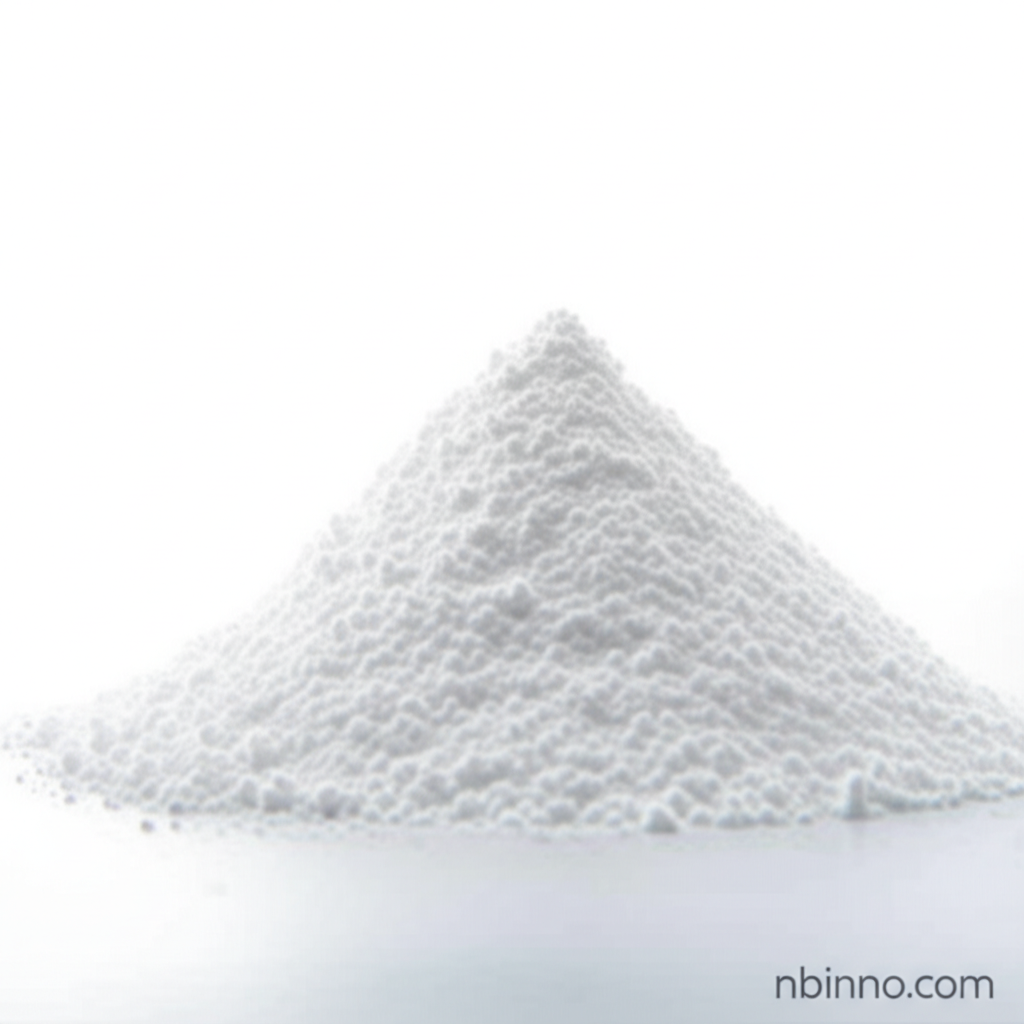Guanidine Thiocyanate: A Key Reagent in Molecular Biology
Unlocking scientific discovery with essential chaotropic agents for extraction and denaturation.
Get a Quote & SampleProduct Core Value

Guanidine Thiocyanate
Guanidine thiocyanate is a highly effective chaotropic agent renowned for its dual role in molecular biology: the denaturation of proteins and the preservation of nucleic acids. Its ability to disrupt cellular structures and inactivate enzymes like RNases and DNases makes it indispensable for the isolation of high-quality RNA and DNA.
- Discover the essential role of Guanidine Thiocyanate in nucleic acid extraction protocols, ensuring sample integrity.
- Leverage Guanidine Thiocyanate's powerful protein denaturation capabilities for advanced biochemical research.
- Understand how Guanidine Thiocyanate acts as a DNase and RNase inhibitor, protecting vital genetic material.
- Explore the applications of Guanidine Thiocyanate as a chaotropic agent in various life science workflows.
Key Advantages
Superior Nucleic Acid Protection
Guanidine thiocyanate is a critical tool for preventing the degradation of RNA and DNA, as it effectively denatures endogenous nucleases. This characteristic is vital for accurate gene expression studies and reliable DNA sequencing, making it a staple in molecular biology research.
Efficient Protein Denaturation
As a strong denaturing agent, Guanidine thiocyanate disrupts the tertiary and secondary structures of proteins. This property is crucial for many biochemical analyses and experimental procedures, aiding in the study of protein function and cellular processes.
Versatile Application Spectrum
Beyond its primary roles, Guanidine thiocyanate is also employed for cell lysis, virus inactivation, and as a component in various lysis buffers, demonstrating its broad utility across different areas of scientific research and diagnostics.
Key Applications
RNA Extraction
Guanidine thiocyanate is a cornerstone reagent in RNA extraction, ensuring the integrity of the often-fragile RNA molecules by inhibiting RNases during the lysis and purification process.
DNA Isolation
Facilitates the efficient isolation of DNA from various biological samples by denaturing proteins and cellular components, leading to cleaner DNA preps.
Protein Denaturation
Used in studies requiring the unfolding of proteins to understand their structure, function, or to facilitate further analysis.
Virus Inactivation
Employed in protocols to safely handle viral samples by denaturing viral proteins and inactivating infectivity.
